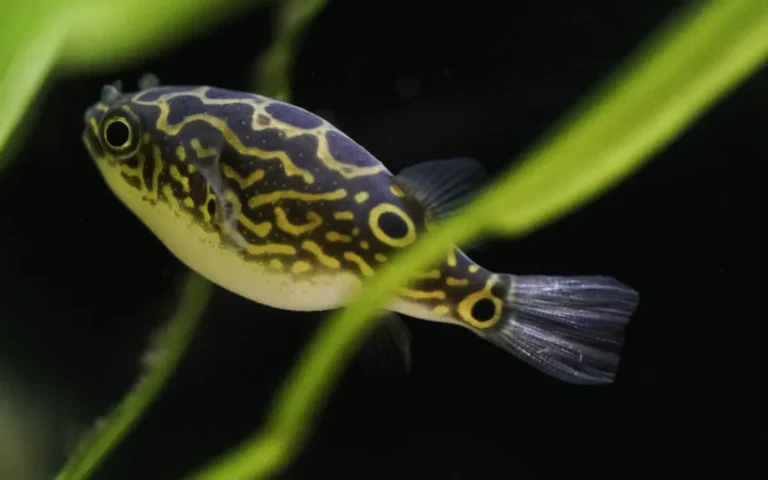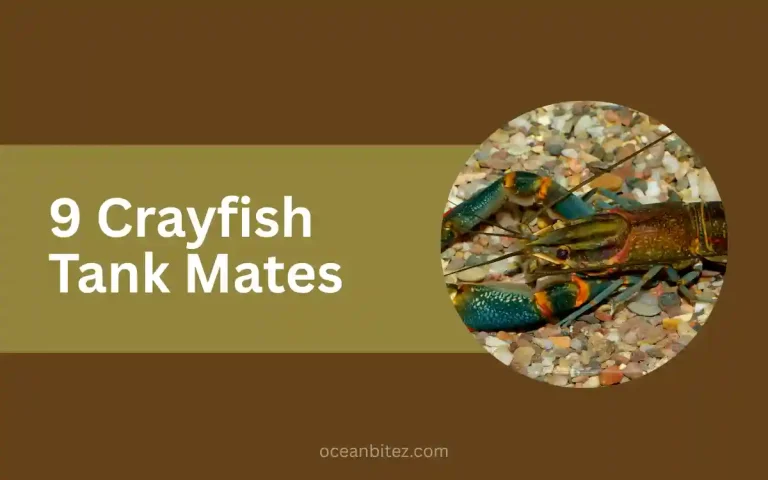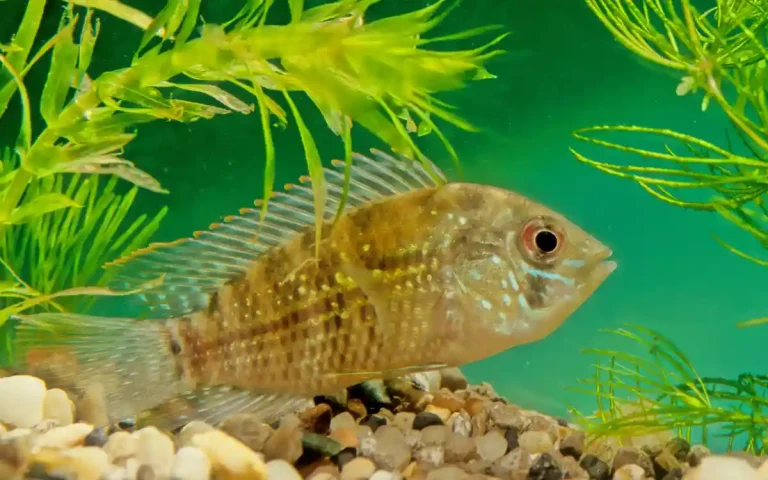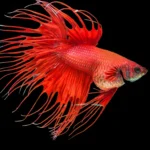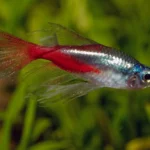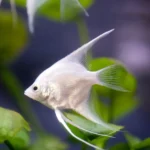Axolotls have captured the hearts of exotic pet enthusiasts with their unique appearance, fascinating regenerative abilities, and charming personalities. These aquatic salamanders, native to Mexico, require specific care conditions that can make finding suitable tank mates challenging.
If you’re considering adding companions to your axolotl’s habitat, this guide will help you make informed decisions that prioritize the health and happiness of all your aquatic pets.
Axolotl Behavior and Needs
Before introducing any tank mates, it’s essential to understand what makes axolotls tick:
Basic Axolotl Facts:
- Size: Adults typically reach 9-12 inches in length
- Lifespan: 10-15 years with proper care
- Diet: Carnivorous, consuming worms, small fish, and insects
- Temperament: Generally docile but will eat anything that fits in their mouth
What makes axolotls challenging roommates?
Axolotls have several characteristics that limit their compatibility with other aquatic species:
- Temperature requirements: They thrive in cool water between 60-68°F (16-20°C)
- Slow movement: They can’t compete with fast fish for food
- External gills: Their feathery gills are vulnerable to nipping by curious fish
- Opportunistic feeders: They may try to eat smaller tank mates
- Sensitive to water quality: They produce significant waste and are affected by poor water conditions
Can Axolotls Live with Other Fish?
The short answer: Yes, but with caution.
While axolotls can coexist with certain species, a species-only tank is often recommended for their wellbeing. If you decide to introduce tank mates, here are the key factors to consider:
| Consideration | Why It Matters | Guidelines |
| Size | Prevents predation | Tank mates should be too large to be eaten (3+ inches) or too small and fast to be caught |
| Temperature | Ensures comfort for all | Choose species that thrive in cool water (60-68°F) |
| Temperament | Prevents stress and injury | Select peaceful species that won’t nip at gills |
| Swimming level | Reduces interaction | Species that occupy different tank regions can minimize conflict |
| Bioload | Maintains water quality | Consider the combined waste production of all inhabitants |
Best Tank Mates for Axolotls
While many pet stores might suggest various companions, only a few species are truly compatible with axolotls. Here are the best options:
1. Other Axolotls
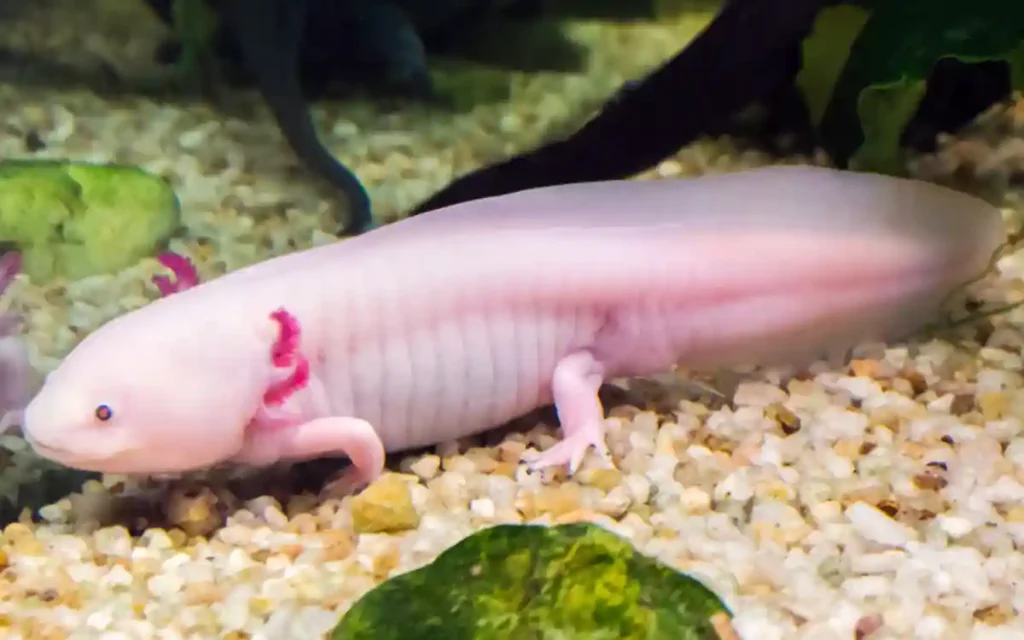
Compatibility Rating: ★★★★☆
Housing multiple axolotls together can work well, provided certain conditions are met:
- Keep axolotls of similar size together to prevent cannibalism
- Provide plenty of space (at least 20 gallons for the first axolotl and 10 additional gallons for each additional one)
- Include multiple hiding spots to reduce territorial disputes
- Monitor during feeding to ensure all axolotls get enough food
Pro tip: Male axolotls can be territorial with other males during breeding season. A mixed-gender or all-female group often has fewer compatibility issues.
2. White Cloud Mountain Minnows
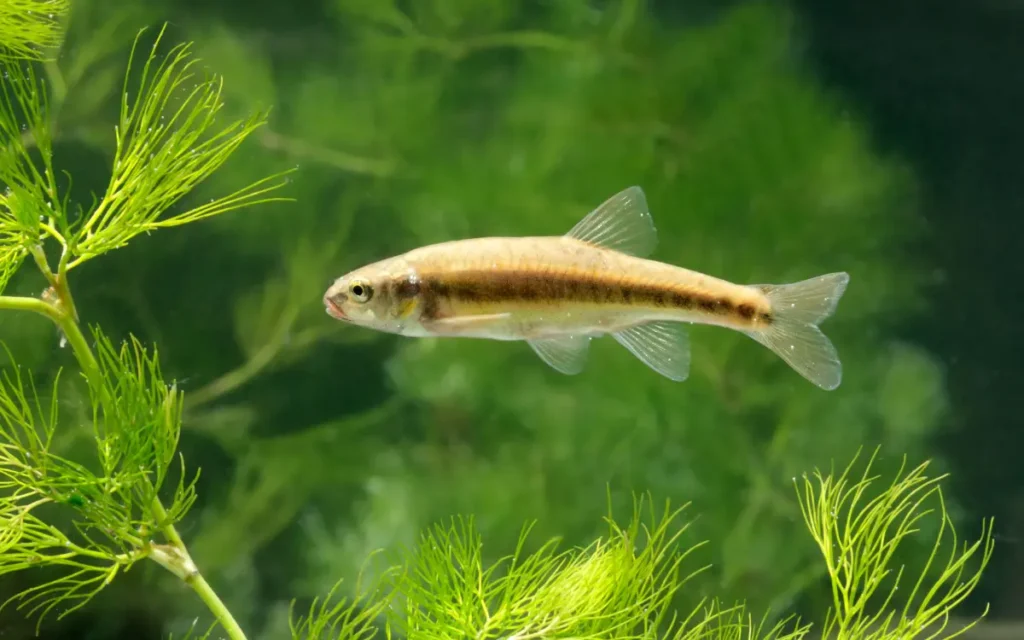
Compatibility Rating: ★★★☆☆
These small, peaceful fish are one of the few tropical species that thrive in cooler temperatures, making them potential axolotl companions.
Benefits:
- Tolerate cooler temperatures (60-72°F)
- Stay near the top of the tank, while axolotls prefer the bottom
- Peaceful nature means they won’t nip at axolotl gills
Risks:
- May eventually become snacks for hungry axolotls
- Require a well-established tank with plenty of plants for hiding
3. Certain Snail Species

Compatibility Rating: ★★★☆☆
Some snail species can coexist with axolotls and help keep the tank clean:
Best snail options:
- Mystery snails (too large for axolotls to eat)
- Ramshorn snails (reproduce quickly enough to maintain population)
- Nerite snails (their hard shells make them difficult to consume)
Avoid:
- Small or soft-shelled snails that axolotls can easily consume
- Snails that reproduce too rapidly and overtake the tank
Warning: There’s always a risk that axolotls may attempt to eat snails, which could lead to impaction or choking. Monitor carefully if you introduce snails.
4. Small Shrimp Species

Compatibility Rating: ★★☆☆☆
Shrimp can serve dual purposes as tank cleaners and occasional live food:
Types to consider:
- Ghost shrimp
- Cherry shrimp
- Amano shrimp (larger and less likely to be eaten)
While shrimp will likely become prey eventually, they reproduce quickly enough that some may survive by hiding among plants and decorations.
Tank Mates to Avoid
Many commonly suggested tank mates are actually poor choices for axolotl habitats:
1. Tropical Fish
Most tropical fish require water temperatures above 74°F, which is too warm for axolotls and can cause stress or health issues. This eliminates most popular aquarium fish, including:
- Guppies
- Tetras
- Mollies
- Angelfish
- Betta fish
2. Aggressive or Fin-Nipping Species
Fish known for nipping at fins or gills can cause serious damage to an axolotl’s sensitive external gills:
- Tiger barbs
- Some tetra species
- Cichlids
3. Bottom-Dwelling Species
Fish that occupy the same tank region as axolotls increase the chance of negative interactions:
These species also compete for the same territory and food sources, creating stress for your axolotl.
Setting Up a Successful Community Tank
If you decide to try housing axolotls with tank mates, setting up the environment properly is crucial for success.
Tank Size and Setup
A larger tank provides more space for all inhabitants to establish territories and reduces waste concentration:
- Minimum size: 40 gallons for one axolotl with tank mates
- Substrate: Fine sand (1-2mm grain size) to prevent impaction
- Plants: Live or silk plants provide hiding places
- Hiding spots: Caves, PVC pipes, and clay pots create safe zones
- Filtration: Strong but with gentle flow (axolotls dislike current)
Water Parameters
Maintaining water quality is critical in a mixed-species setup:
| Parameter | Ideal Range | Testing Frequency |
| Temperature | 60-68°F (16-20°C) | Daily |
| pH | 7.4-7.6 | Weekly |
| Ammonia | 0 ppm | Weekly |
| Nitrite | 0 ppm | Weekly |
| Nitrate | <20 ppm | Weekly |
Pro tip: Use a reliable aquarium thermometer that allows you to monitor temperature fluctuations, as consistency is key for axolotl health.
Introducing New Tank Mates
Follow these steps when adding new species to your axolotl tank:
- Quarantine first: Keep new arrivals in a separate tank for 2-4 weeks to check for disease
- Acclimate slowly: Use the drip method to gradually adjust new tank mates to your water parameters
- Add tank mates before axolotls: This allows them to establish hiding spots
- Monitor closely: Watch interactions for the first few weeks and be prepared to separate if necessary
Real Success Stories
Many axolotl owners have successfully maintained community tanks with careful planning. Here are a few approaches that have worked:
Case Study: Maria’s 75-Gallon Community Tank
Maria keeps two adult axolotls with a small school of White Cloud Mountain Minnows. Her setup includes:
- Heavy planting around the edges
- Multiple caves and hiding spots
- Feeding the fish and axolotls in separate areas of the tank
- Weekly 30% water changes
After a year, she reports losing only a few minnows to predation, with the school maintaining its numbers through occasional breeding.
Case Study: David’s Snail-Axolotl Combination
David maintains mystery snails with his axolotl by:
- Providing algae wafers for the snails
- Including calcium supplements for snail shell health
- Using a feeding dish for the axolotl to minimize food waste
- Removing any snail eggs promptly to control population
His axolotl has shown no interest in eating the larger snails, which have helped keep algae under control.
FAQs
Can axolotls live with goldfish?
While goldfish tolerate similar temperatures, they’re not recommended as tank mates. Goldfish produce excessive waste, can grow large enough to harass axolotls, and may nip at their gills.
Will my axolotl be lonely without tank mates?
No. Axolotls don’t experience loneliness like social animals. They’re solitary by nature and are perfectly content as the only inhabitant in their tank.
How can I tell if my axolotl is stressed by its tank mates?
Signs of stress include gill curling, rapid gill movement, hiding more than usual, reduced appetite, and floating. If you notice these symptoms, consider removing the tank mates.
Can baby axolotls have tank mates?
It’s best to keep juvenile axolotls in species-only tanks until they reach at least 5-6 inches in length. Young axolotls are more vulnerable to stress and injury from other species.
Conclusion
While axolotls can coexist with certain tank mates, success requires careful species selection, proper tank setup, and ongoing monitoring. For many owners, a species-only tank remains the safest option for these unique amphibians.
If you decide to try tank mates, start with species known to have higher compatibility rates, like appropriately-sized snails or White Cloud Mountain Minnows. Always prioritize your axolotl’s wellbeing over the appeal of a community tank.
Remember that each axolotl has its own personality – what works for one might not work for another. Be prepared to adapt your approach based on your pet’s specific needs and behaviors.

